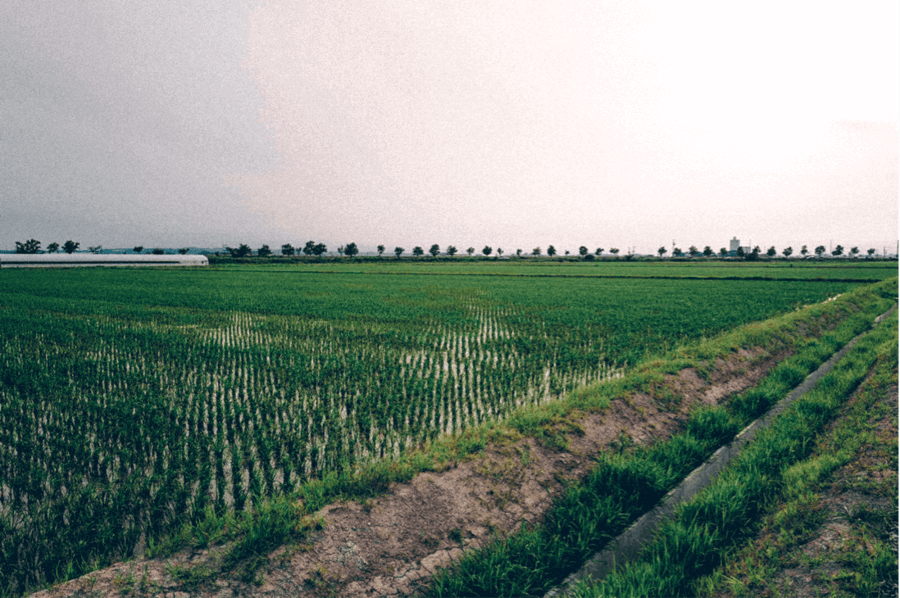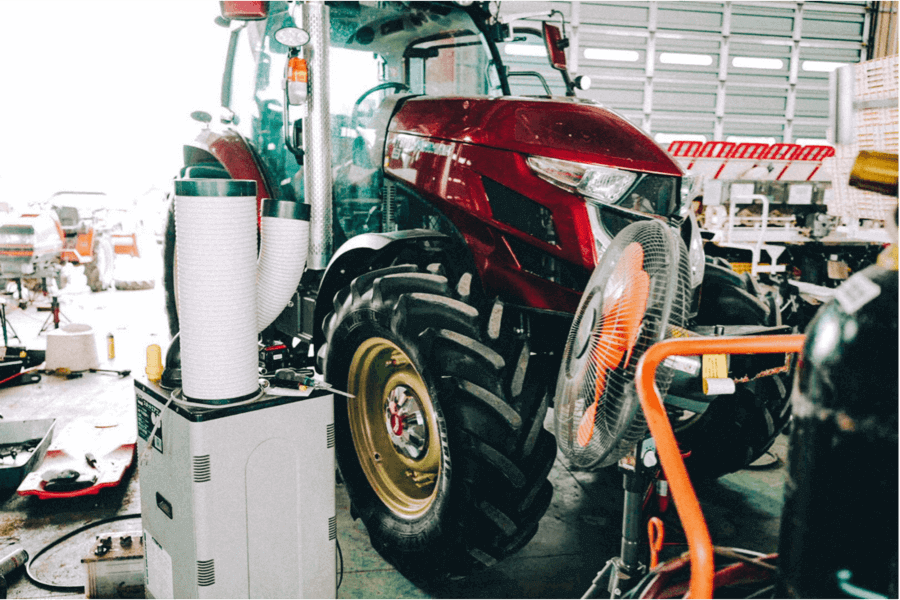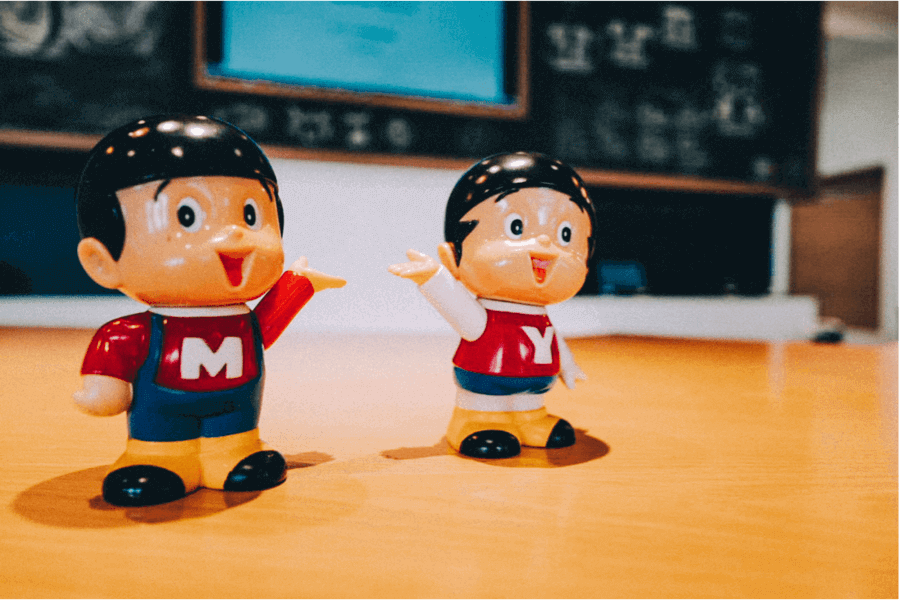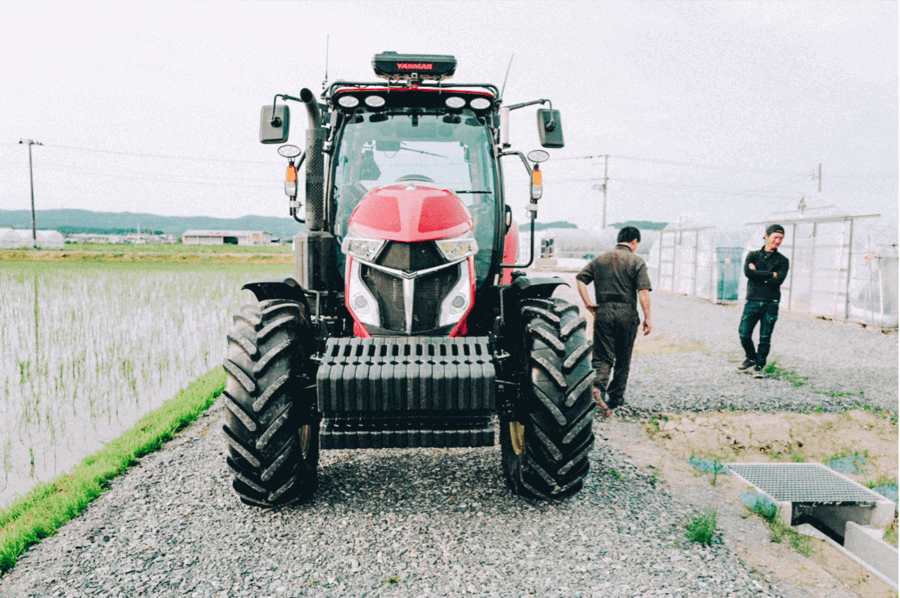




The "now"
of agriculture that
Takumi Minamino
did not know.
prologue
Renewable energy, carbon neutrality, food loss, diversity, gender... A lot of words about SDGs that are lively in the media on a daily basis. In front of us now lies a problem that must be solved on a global scale. But how well do we understand these challenges? Have you ever been swept up in a wave of information from the media and thought that you somehow understood it?
Takumi Minamino. The ace of the Japan national team, who belongs to the prestigious Monaco of French Ligue 1, has painfully experienced the dilemma of not being able to devote himself to football alone during the past two years spent in the corona wreck. And he knew.. The profession of a professional soccer player is based on people's rich lives.
“I don't know anything yet, so I want to know.”
Minamino, who became interested in various global issues, took advantage of his short time off to visit Sendai. In order to ascertain the issues that exist in the familiar world of agriculture that supports our lives.
“Today I came to see how they are tackling the challenges of agriculture.”
What can I do now? A day has begun to search for the answer.

The energy of the professional people he felt when he toured the service center.
Minamino visited the Yanmar Agri Solution Center Sendai (hereafter referred to as the service center). Yanmar Agri Japan Co., Ltd. gathers know-how on farming, and in addition to sales functions that provide farming solutions such as agricultural machinery and soil preparation, service functions that develop agricultural machinery maintenance, and various information and training related to agriculture. It is a total support base for farmers with information dissemination functions.
On this day, many agricultural machines that had just finished rice cultivation, such as tractors that use ICT technology and automatic combine harvesters that automate harvesting work, were brought into the service center for maintenance.
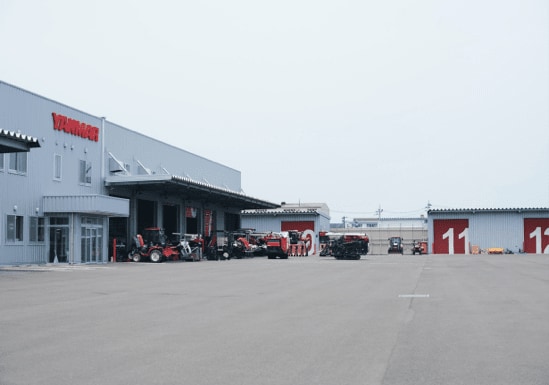
With the agricultural machinery lined up in front of him, Minamino hesitantly posed a question to Yu Fujii of Yanmar Agri Japan Agri Support Department, who was in charge of explanations at the service center.
“What is this machine for?”
When Fujii politely answered this question, he seemed to loosen up a little, and asked politely, “What role does this parts play?” and “Do these machines require maintenance every season?” I started asking questions in my voice. Witnessing the complex structure of agricultural machinery, he seemed to sense that professional work was being done here.

“You can feel the energy of frontline sites like this, and just looking at the agricultural machinery in front of you stirs your imagination. I think that the people who work there have a complete understanding of how it works, and take it apart and maintain it.”
In fact, Izumisano City, Osaka Prefecture, where Minamino's parents live, has many rice fields, and he says that he had many opportunities to see agricultural machinery when he was young.
“Until now, I had been looking at agricultural machinery vaguely, but when I took a closer look, I could understand that they were specialized for each work process, such as rice planting and harvesting. It had a (mechanical) feel to it, and it tickled a man's heart."

Then he asked, “Can I take a picture?” He took out the Leica camera that he always carries around, and started releasing the shutter as he wanted.
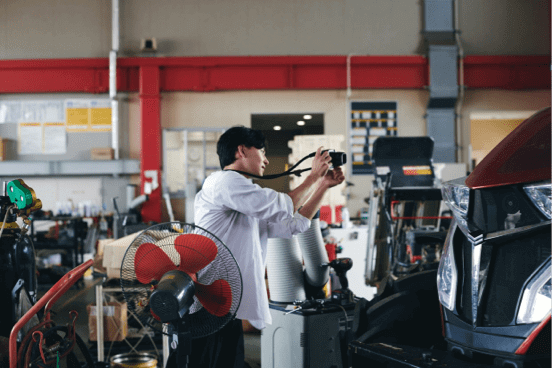
The reality of agriculture as told by a smart farming expert.
Agriculture in Japan is currently facing many problems. Among them, the two issues that must be resolved as soon as possible are (1) the decrease in the farming population and (2) consideration for the environment. According to the 2020 Agriculture and Forestry Census conducted by the Ministry of Agriculture, Forestry and Fisheries, there are 1.52 million people engaged in agriculture. Due to factors such as the aging population and lack of successors, the number of people has decreased by 460,000 in the five years from 2015 to 2020. As a result, the cultivated area per person has increased. The burden of work is falling more heavily on the shoulders of farmers than ever before. Furthermore, there is a call for a shift to environmentally friendly agriculture. In recent years, especially in Europe, the movement to limit the use of pesticides and chemical fertilizers has accelerated, and Japanese agriculture is in need of reform.
The person responsible for explaining this issue to Minamino was Shigemi Hidaka, Chief Engineer of the Yanmar Agricultural Development Division. After Hidaka finished explaining the outline of the agricultural issues to Minamino, Minamino slowly opened his mouth.
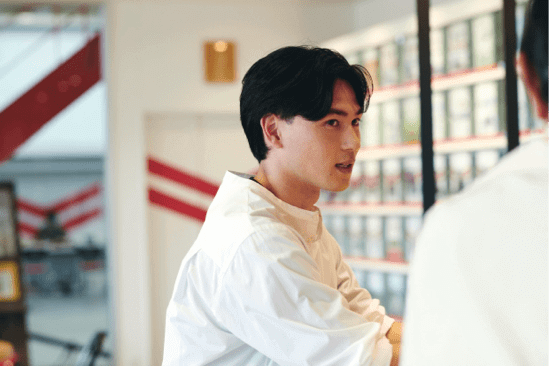
“How should agriculture change with the use of ICT??”
In response to this question posed by Minamino, Hidaka immediately replied:
“Until now, agriculture has prioritized the economy, applied a lot of chemical fertilizers, and made the land infertile. Moreover, if too much chemical fertilizer is applied, the crops will not be able to absorb it, and it will flow into the groundwater and pollute the environment.Additionally, the cost of fertilizers will also increase.In recent years, agriculture has fallen into such a vicious cycle. That's why we need to use ICT to realize eco-friendly and highly productive 'profitable agriculture' and change the environment so that new people want to come in.”
Minamino vaguely knew that the declining farming population was placing a heavy burden on the aging farmers. But he didn't know why. He didn't even think he needed to tackle environmental issues.
How is ICT used specifically? In response to Minamino's question, Hidaka continued.
“Smart agriculture is a new type of agriculture that utilizes information and communication technology and robot technology to promote labor saving, precision, and high quality. In the past, chemical fertilizers were spread evenly over the entire farmland, but with smart agriculture, drones are used to fertilize only areas with poor growth, and vice versa. It minimizes the use of resources so that there is no waste, which is both good for the environment and economical.”
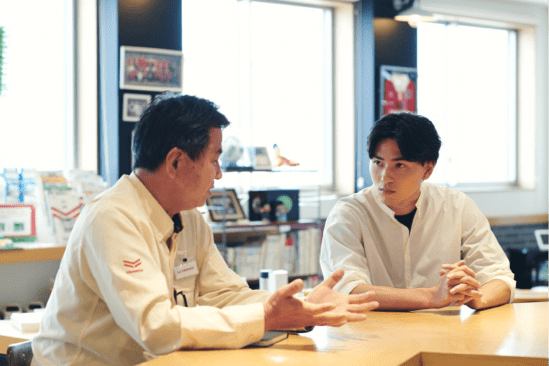
The philosopher Akiko Ikeda wrote in her book, Philosophy from 14 Years Old, about “knowing”, “Information is not knowledge. I have to think for myself,” she says.
Through the act of “knowing,” Minamino became able to recognize the reality of agriculture as a more familiar issue by thinking about it for himself.
Surprising commonalities between soccer and smart agriculture.
Automated driving of agricultural machinery is realized using GPS* (satellite positioning system), which is standardly used in car navigation systems and smartphones. However, there is a big difference in accuracy. Of the location information acquisition methods used in Yanmar's agricultural machinery, the RTK-GNSS method uses a highly accurate location information system with an error of plus or minus 2 to 3 centimeters, realizing more accurate automatic operation.
*Yanmar's Straight Assist acquires position information using the D-GNSS method, which obtains correction information from satellites and determines the position. It also uses the RTK-GNSS method, which calculates positions using radio wave propagation time and radio wave waveforms, and obtains highly accurate position information.Click here for system details
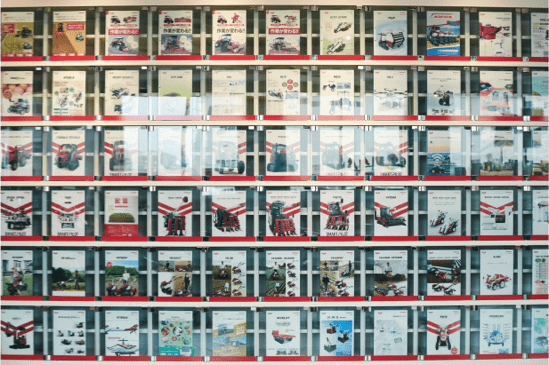
In fact, in recent years, even in the top category of the soccer world, it has become common to grasp location information using GPS. During practices and games, a GPS device is attached to measure performance data such as running distance and running speed. This allows real-time measurement of information such as who sprinted at what intensity during a match and how far the players are separated, making it possible to understand the performance of the players in detail.
Minamino jokingly said, “I play with a GPS, so I feel like I understand a little bit more about agricultural machinery.” While Hidaka prefaced by saying, “I don't know much about professional soccer,” he explained the significance of smart agriculture as follows.
“In the old days of soccer, the person behind the ball was told to kick it forward when the ball came.

But it's different now, Hidaka continues.
“I think everyone works together to perform both defense and offense. In fact, agriculture is the same. You can check in real time whether you are doing. I In order to work efficiently on a vast and numerous farmland, the most important thing is management such as when and where to do what kind of work. Smart agriculture can centrally manage it.”
Efforts to address these agricultural issues directly apply to issues faced by Japanese society. It is no exaggeration to say that the future of Japan will be greatly influenced by whether it can create a successful example in the agricultural world in anticipation of the arrival of a society with a declining population. Hidaka sees future potential in efforts to solve problems through smart agriculture.
“I want to make it possible to visualize the results of people who are currently working on issues. If we can create a successful case even in a small area, sustainable agriculture will spread.”
Minamino listened seriously to Hidaka's explanation and nodded repeatedly. and said:
“I was able to understand the ideal and reality of agriculture.I was also able to feel the attitude of people who are fighting against reality toward the ideal.Next, I would like to see the field where farm work is being done.”
Minamino's next move was decided.

TAKUMI'S
PHOTOS
Takumi Minamino's photos captured by Leica
